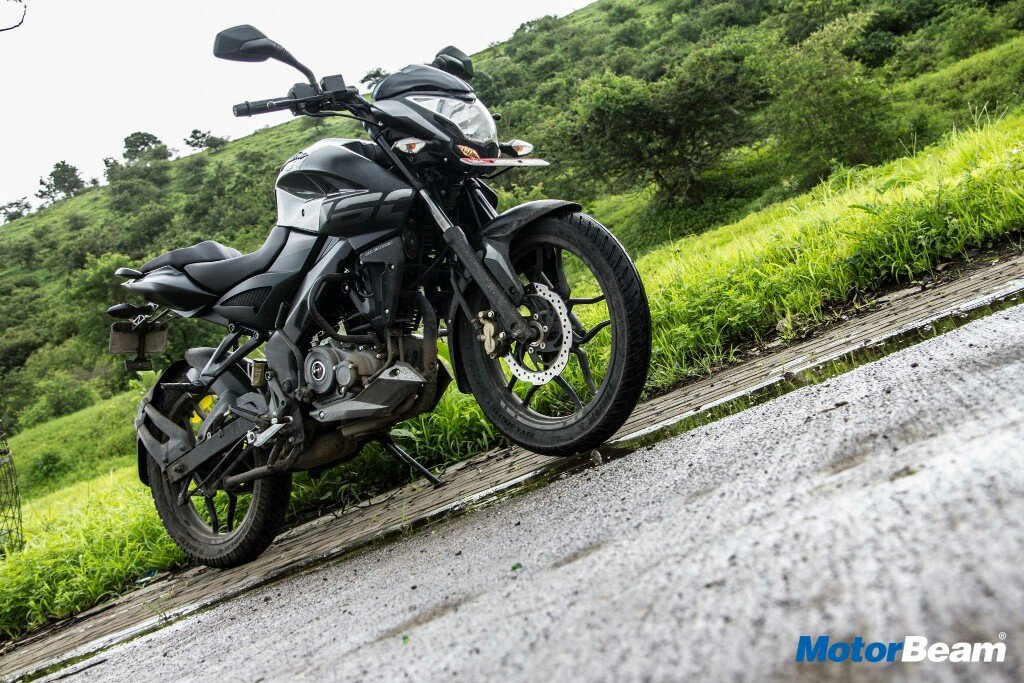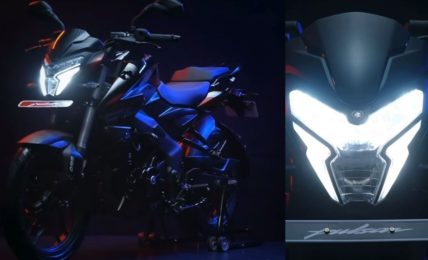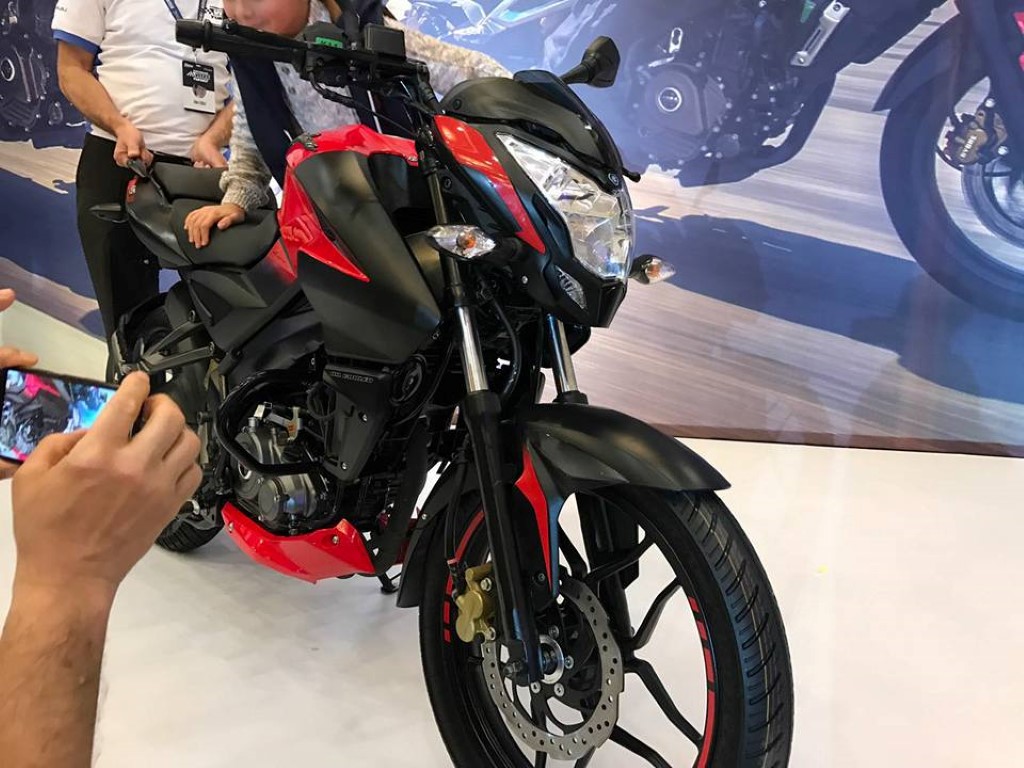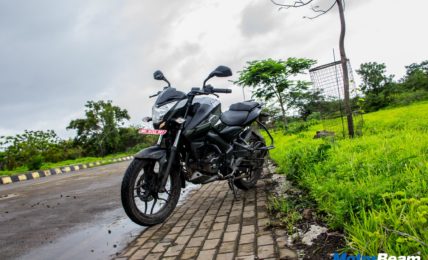
2017 Pulsar NS 160 Review
Bike Tested: 2017 Pulsar NS 160; Road Test No. 872; Test Location: Pune
Price OTR Mumbai: Rs. 95,132/-
The Pulsar NS 160 replaces the AS 150 and has its soul in the Pulsar NS 200 attire
Time and again, Bajaj Auto has been introducing excellent motorcycles in our market with affordable price tags. The 2012 Pulsar NS 200, or the second gen Pulsar, was an important product for the domestic player. It was a wave in the motionless sea of performance street-fighters, and a strong one at that! Now that the 200 NS has been revived, the Pulsar maker has carved its facsimile and named it the NS 160. The NS 200 was a pleasure in every way – to look at, to race, to tour on, to corner and what not! The lower capacity NS follows its footsteps to come across as an equally promising product with a slight compromise in performance balanced out with a reduction in price. Well, most people are of the opinion that the Pulsar NS 160 is a low-key NS 200, but is it so? An enthusiastic session astride the Pulsar NS 160 was enough to find out.
Motor Quest: Akin to the NS 200 in appearance, the Pulsar NS 160 is mechanically based on the AS 150. Bajaj recently pulled the plug on the Adventure Sport range which was introduced with high hopes in 2015. The NS 160 makes use of the AS 150 derived engine and frame but retains bodywork of the NS 200. Also the 7th Pulsar currently on sale, the NS 160 is Bajaj Auto’s first foray in the 160cc space.
Pulsar NS 160’s underbelly exhaust is a segment-first!
Styling – One of the talking points of the Pulsar NS 160 is its appearance. Dressed in similar clothes as the NS 200, this is among the best street-fighter designs our market has seen in this price range. Starting with the front mudguard, everything seems thoughtfully designed. Wrapped around the chiselled tank neatly are the sharp shrouds which bring out the masculine design effortlessly. Two parking lights below the headlight unit look really nice and the short and squat visor adds some muscle. The sculpted tail section houses Pulsar-trademark vertical LED tail-light units which get a slight kink in the middle as seen on the larger NS. Split seats and grab rails are carried over from the NS 200 while the flowery alloy wheels are shared all the way upto the RS 200 which costs roughly 40% more. Overall, the bold and aggressive design language is very appealing and coupled with the laser-edged colour scheme, the NS 160’s tall and mean stance is definitely worth a second look.
The beautiful console misses out on a very useful gear position indicator
Instrument Cluster and Switchgear – The semi-digital instrument console with analog tachometer is the same as we have seen on its elder sibling, save for the fact that it is now backlit in orange. This unit is well-equipped and is divided into three parts. On the left are the various tell-tale lights that light up to aware the rider of irregularities in proper functioning of the motorcycle. However, we are told that the blue Bajaj logo does not indicate any abnormality, neither with the motorcycle nor with the brand, in spite of being lit all the time! There is a useful side-stand warning icon and the tachometer needle does a full swipe on turning the ignition key.
Fit and finish levels are great for a Bajaj motorcycle
The right side of the console gets a digital display that has readouts for time, speedometer, two trip meters and a service due reminder as well. A part of that display has made its way into the analog tachometer pod to digitally display the fuel gauge. Neat! There is an uber-cool shift light which is positioned perfectly above the tachometer. Everything looks well laid-out and is easy to read, while the minimalist chrome surrounds add to the feel-good factor. Switchgear quality is decent by segment standards and the backlit buttons are elementary to use. At the risk of sounding finicky, I would point out that the two small buttons for fiddling with the information display on the console feel crude to operate.




